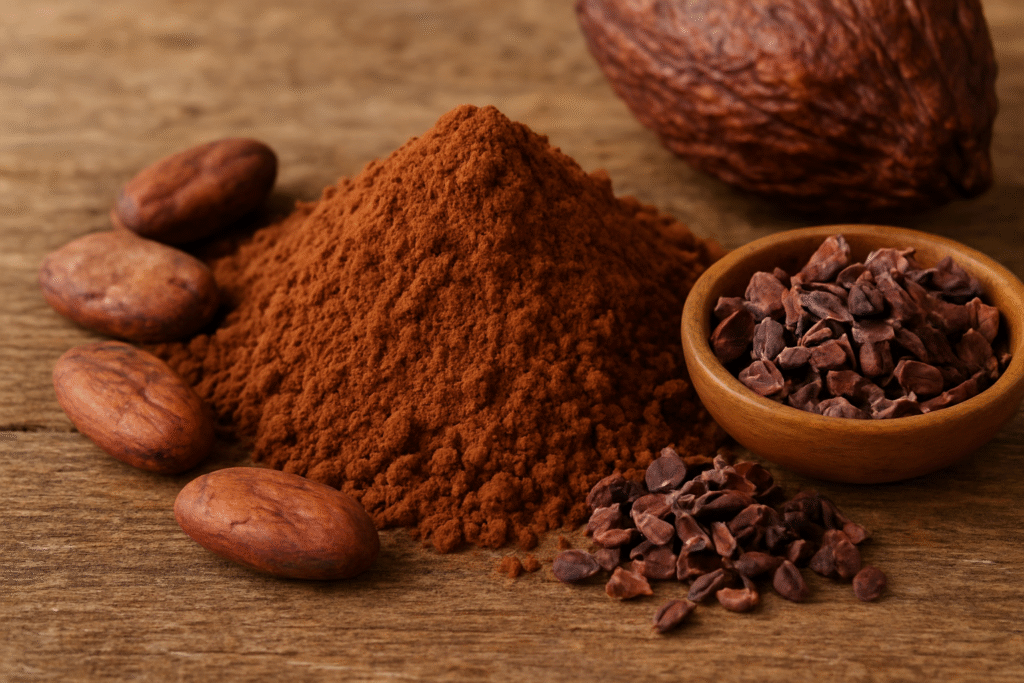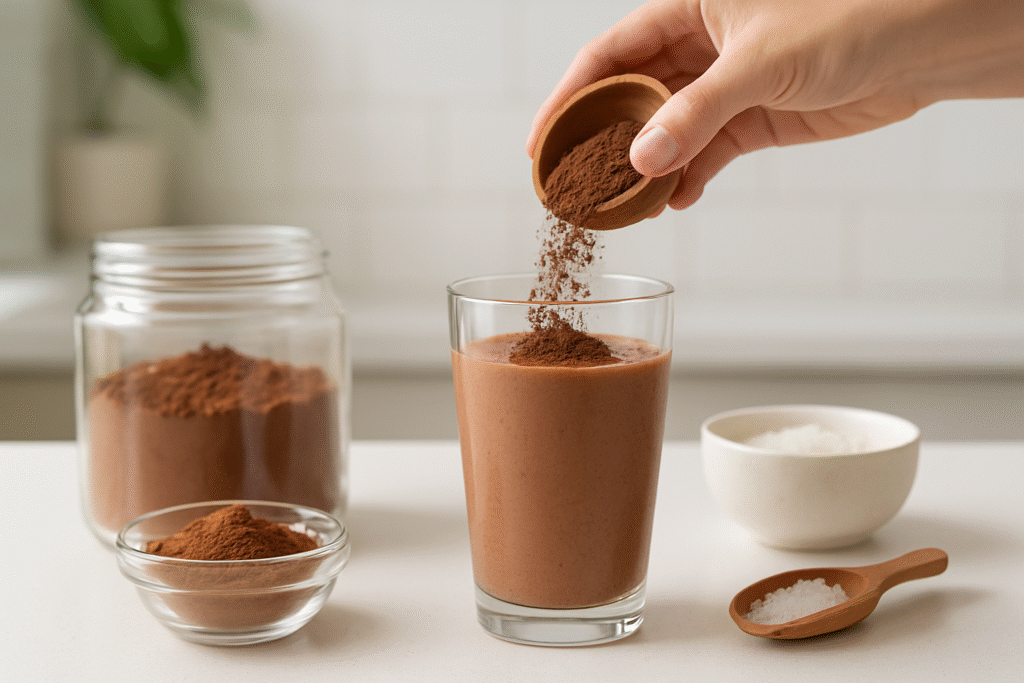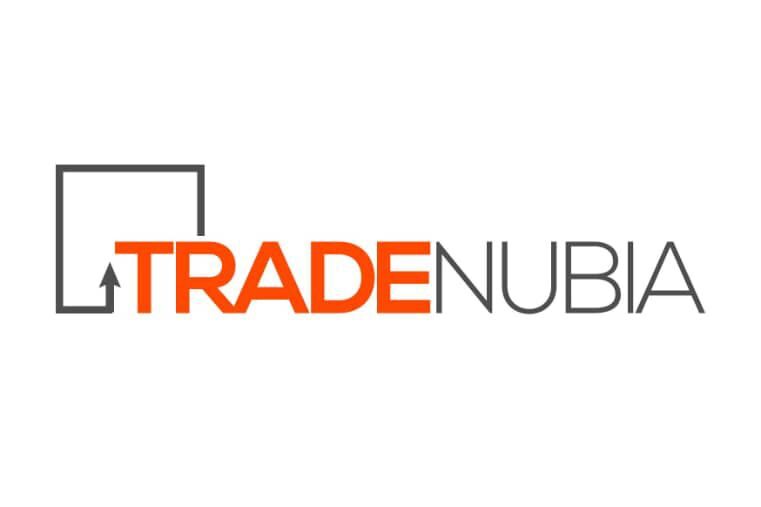🌱 What is Raw Cocoa Powder?

Raw cocoa powder is the pure, minimally processed powder made by cold-pressing unroasted cocoa beans and removing most of the cocoa butter (fat). Unlike Dutch-processed cocoa, which is alkalized and heated, raw cocoa retains more of its natural antioxidants and nutrients, making it a favorite in both health-conscious kitchens and functional food labs.
Harvested from the Theobroma cacao tree, this rich brown powder offers far more than just a chocolatey flavor—it brings a history of traditional use, a rising industrial value, and powerful health benefits.
🏡 Cottage Uses of Raw Cocoa Powder
In cocoa-growing regions across West Africa, Latin America, and Southeast Asia, smallholder farmers and local artisans have used cocoa powder for generations. While most beans are sold to industrial processors, some communities preserve a portion of the harvest for local processing into cocoa nibs and powder.
Common cottage-level uses include:
- Traditional beverages: In Ghana, cocoa powder is brewed into warm spiced drinks, often sweetened with honey or sugar
- Medicinal tonics: Used traditionally to improve circulation, mood, and digestion
- Natural dyes: Cocoa powder is sometimes used as a dye or coloring agent in crafts and textiles
With the rise of organic food cooperatives and fair trade programs, more small-scale producers are now processing and packaging raw cocoa powder for direct sale, adding value locally.
🏭 Industrial Applications of Raw Cocoa Powder
Globally, raw cocoa powder is in high demand across industries—especially as wellness trends drive interest in superfoods, adaptogens, and natural flavorings.
🍫 1. Food & Beverage Industry
Raw cocoa powder is a go-to ingredient in:
🌿 Health Benefits of Raw Cocoa Powder
- Protein bars and health snacks
- Smoothie blends and plant-based shakes
- Raw desserts, energy balls, and gluten-free baking
- Natural flavoring in cereals, yogurts, and nut butters
Why? It delivers intense chocolate flavor, a rich mineral profile, and a natural boost of mood-enhancing compounds like theobromine and phenylethylamine (PEA).
💊 2. Nutraceuticals & Functional Foods
Cocoa powder is widely used in functional foods and dietary supplements, thanks to its high flavonoid content—notably epicatechin and catechin, which have been studied for:
- Cardiovascular support
- Anti-inflammatory effects
- Brain function and focus
Some manufacturers incorporate raw cocoa into capsules, drink powders, and herbal blends marketed for heart health and stress reduction.
💄 3. Natural Cosmetics & DIY Products
Though less common than cocoa butter, raw cocoa powder is occasionally used in:
- Face masks (antioxidant-rich, helps detoxify skin)
- Body scrubs (as a natural exfoliant)
- DIY lip and cheek tints (for its natural pigment)

🌍 Sustainability & Ethics
Raw cocoa powder is more than a treat—it’s a nutrient-dense powerhouse with several documented health benefits.
✅ Key Benefits:
- High in antioxidants: Flavonoids help fight oxidative stress and support vascular health
- Natural stimulant: Contains theobromine, which gently boosts energy without the jitters of caffeine
- Mood enhancer: Increases serotonin and endorphin levels, improving mental well-being
- Rich in minerals: Especially magnesium, iron, and zinc—essential for muscle, brain, and immune function
⚠️ Note: These benefits are most pronounced in raw, unprocessed cocoa powder, not the heavily sweetened kind in most hot chocolate mixes.
As global demand for cocoa rises, so does concern for how it’s sourced. Luckily, raw cocoa powder is often aligned with more ethical, transparent supply chains.
🌱 Sustainability
- Minimal processing = lower carbon footprint
- Often shade-grown in biodiverse agroforestry systems
- Supports soil regeneration and reduces deforestation when managed responsibly
✍️ Final Thoughts
Raw cocoa powder proves that chocolate can be both delicious and deeply nourishing. From small village kitchens to global wellness markets, it’s a versatile ingredient that continues to earn its place in food, health, and sustainable living.
Whether you’re blending it into smoothies, formulating a new wellness product, or supporting ethical cooperatives, raw cocoa powder is where flavor meets function.
Stay tuned for our next feature: Cacao vs Cocoa – What’s the Real Difference?
📚 References
- Katz, D. L., Doughty, K., & Ali, A. (2011). Cocoa and Chocolate in Human Health and Disease. Antioxidants & Redox Signaling, 15(10), 2779–2811.
- Wollgast, J., & Anklam, E. (2000). Review on polyphenols in Theobroma cacao: Changes in composition during the manufacture of chocolate and methodology for identification and quantification. Food Research International, 33(6), 423–447.
- ICCO (International Cocoa Organization). (2023). Sustainability and Traceability in the Cocoa Sector.
- USDA National Nutrient Database. (2024). Cocoa, dry powder, unsweetened.
Fair Trade International. (2024). Ethical Cocoa Sourcing Standards and Impact Report.


Leave a Reply